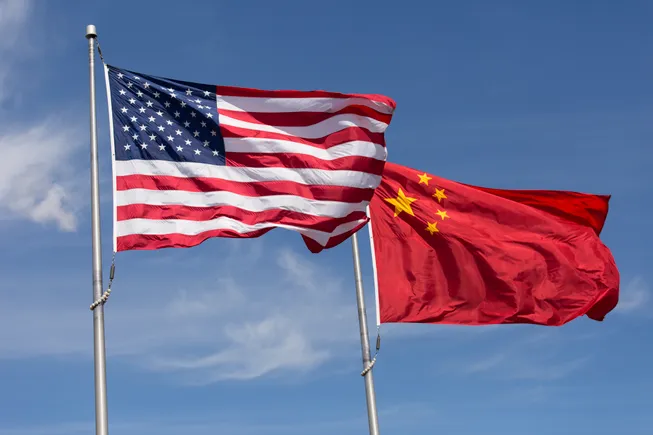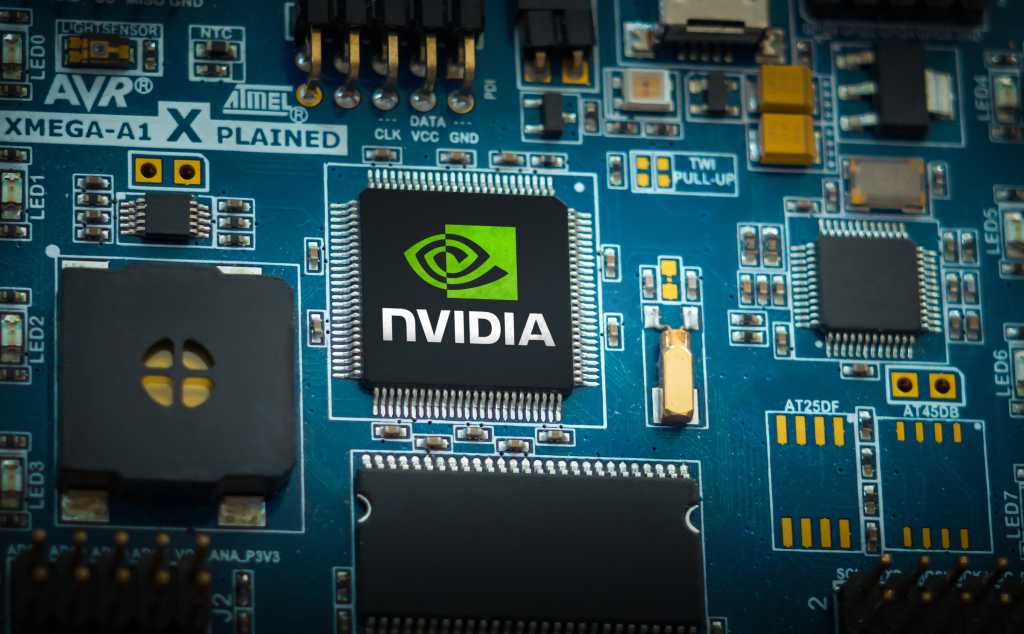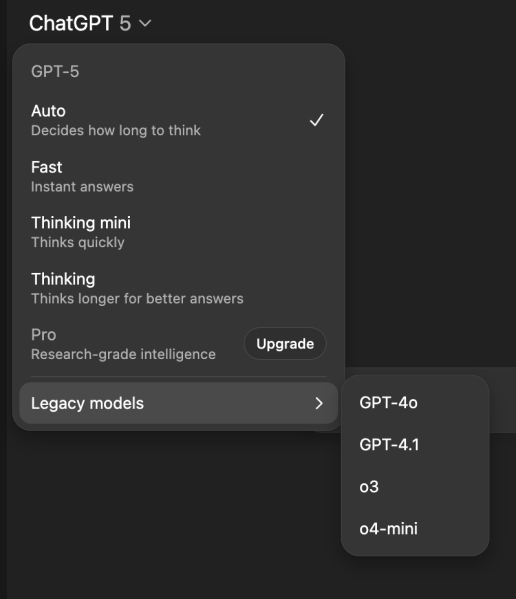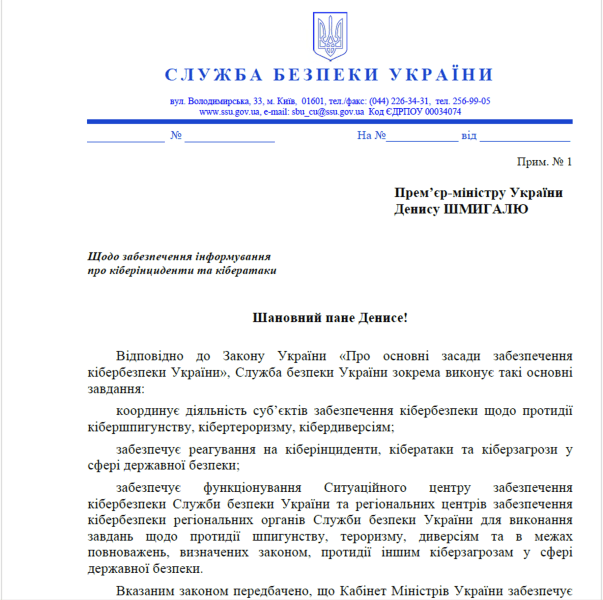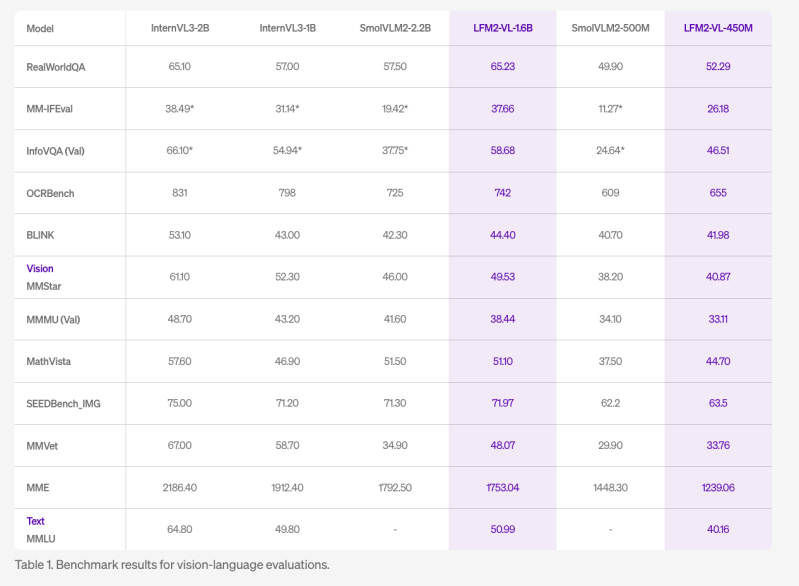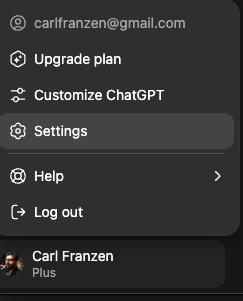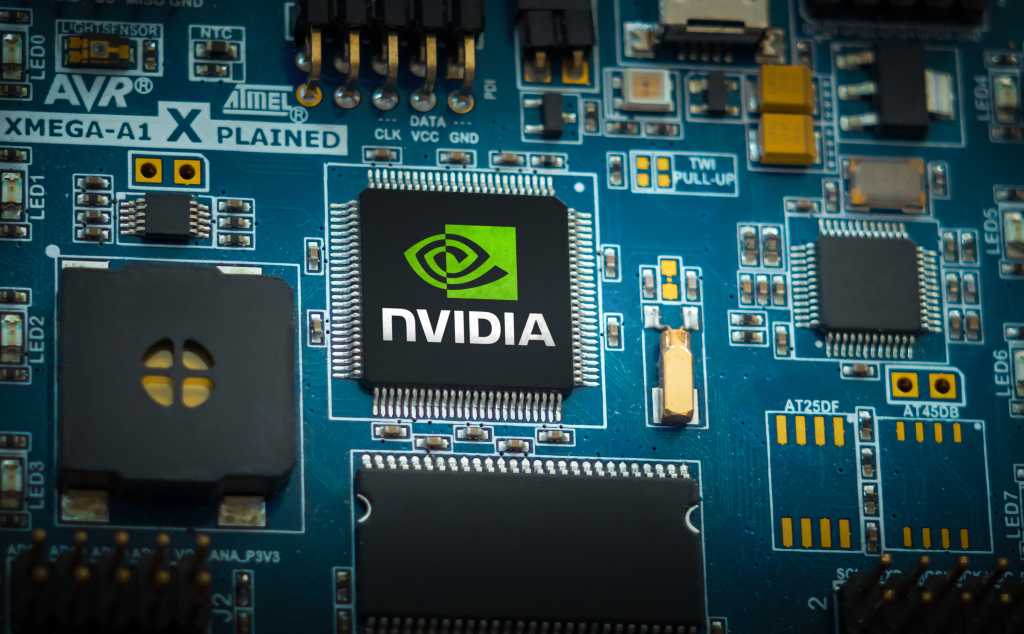
Compute Exchange and Silicon Data, Bochev added “are also working on developing clearer benchmarks for the compute market, and will have more details to share on that in the coming weeks.”
PIC ‘should serve to keep suppliers honest ..’
Scott Bickley, an advisory fellow at Info-Tech Research Group, said he views the offering “as a way for enterprises to source short-term GPU capacity and possibly get a deal, especially if it is stranded capacity from the neocloud providers.”
This, he said, “would also help to benchmark costs when purchasing this capacity in general, so it’s good, but it is also straightforward in terms of the value proposition.” He also noted that most companies are not buying GPU capacity directly; “This is for those that are building their own models or deploying their own AI applications atop existing models.”
Bickley added, “it should serve to keep suppliers honest to some degree in terms of the floors and ceilings of the price to access GPU capacity.”
Soon after Compute Exchange first launched in February, Matt Kimball, VP and principal analyst for data center compute and storage at Moor Insights & Strategy, described the GPU compute situation as “pretty dire. This is driven by what most view as a single supplier (Nvidia) selling GPUs before they can even be made to a market that has an insatiable thirst.”
On Tuesday, following the announcement, he said that the concept of PIC is appealing: “I really like the idea of PIC as a tool for customers and seeing the compute exchange become an arbitrageur of sorts. This delivers a real value to [anyone] who is looking to utilize AI infrastructure,” he said.


